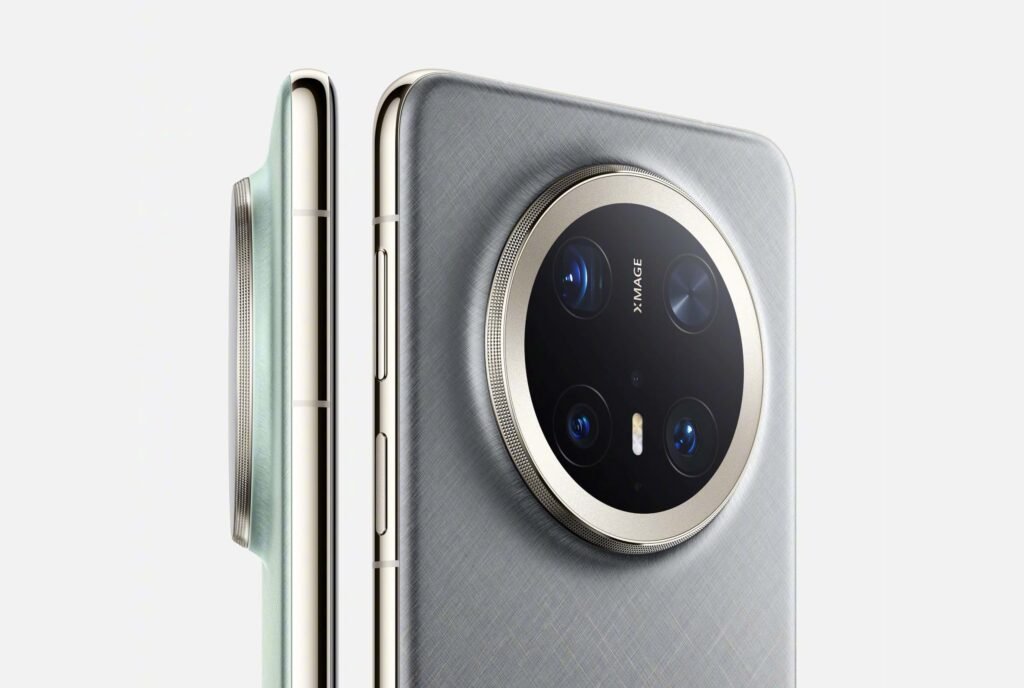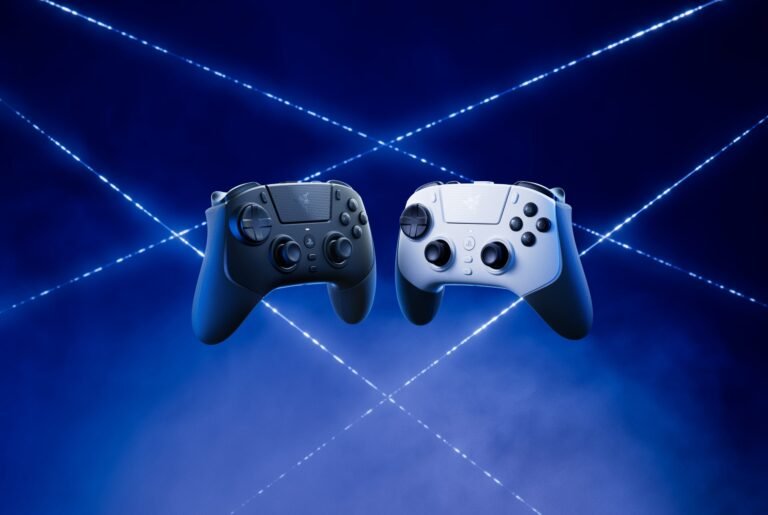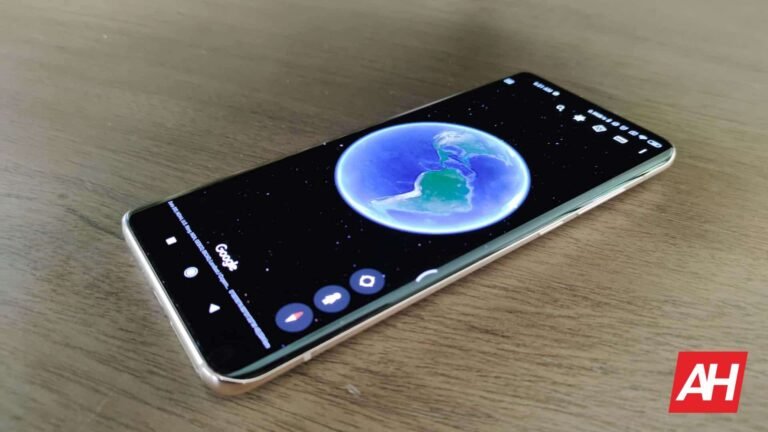

Ultra-thin phones seem to be making a comeback this year. Apple and Samsung also launched their own version of slim phones, but the poor market demand is a topic of discussion for another day. In recent news, Huawei is preparing to expand its ultra-slim smartphone lineup with the upcoming Mate 70 Air. The phone recently appeared on a certification website, revealing some of its key specifications.
Here’s what to expect from Huawei’s upcoming ultra-thin smartphone
The Huawei Mate 70 Air has been recently spotted on the Chinese Telecom’s database with the model number SUP-AL90. As per the website, the phone will offer a large 6.9-inch panel with a pixel resolution of 1920 x 1080. The device will be offered in two configurations: 12GB +256GB and 12GB +512GB.

Speaking of the color variants, it’s coming in three different shades: Golden Black, Feather White, and Silver Brocade. Although the details about its thickness and weight are still unknown, the phone is expected to follow ultra-thin aesthetics. This is also confirmed by its “Air” moniker. One of the most interesting aspects of the Huawei Mate 70 Air is that it won’t support 5G network, at least as per the model number.
Huawei generally uses AN00 for devices with 5G network capability. Since this one has the model number AL90, likely, we likely won’t be getting the latest network capabilities. This might be a step to cut down the production cost, or maybe another aspect to keep the smartphone as thin as possible.
It will be launched alongside the Mate 80 series in China
The Mate 70 Air is likely part of a broader launch strategy, as Huawei reportedly plans to release the Mate 80 series in November. This lineup could include multiple models such as the Mate 80, Mate 80 Pro, Mate 80 Pro+, and Mate 80 RS. With the new ultra-slim smartphone, the company wants to take advantage of the growing demand for slim phones in China. More details and specifications of it are expected to be revealed soon.
The post Huawei Joins the Ultra-Thin Phone Race With Mate 70 Air appeared first on Android Headlines.









